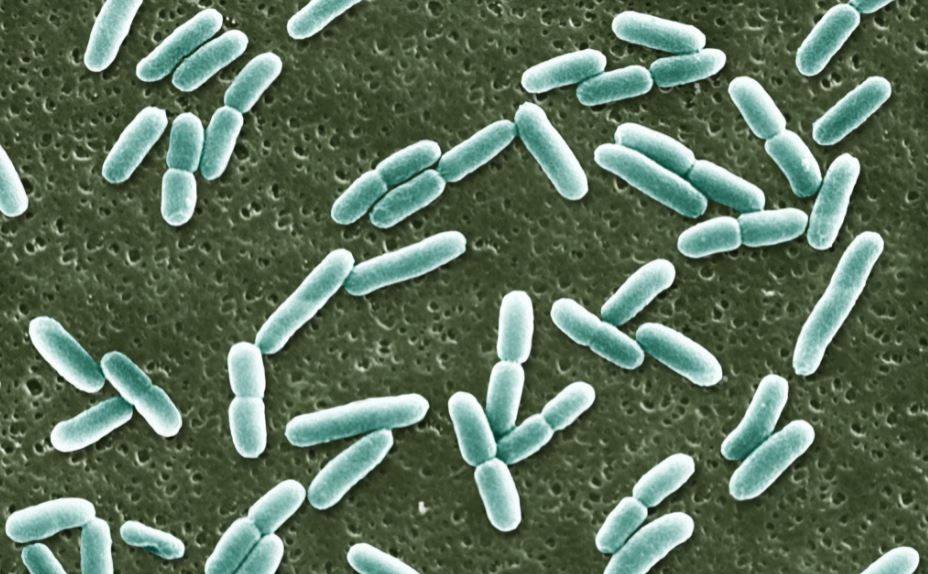
Researchers at Washington State University modified strains of the ubiquitous, nitrogen-fixing soil bacterium Azotobacter vinelandii to produce ammonia & excrete it at high concentrations, allowing it to be transferred into agricultural plants instead of artificial fertilizers.
Research Insights:
This strategy has the potential to reduce a major source of pollution. The study was published in the American Society for Microbiology's journal Applied and Environmental Microbiology.
"We gave conclusive proof that the released ammonia gets transported to the rice plants," said Florence Mus, Ph.D., assistant research professor at Washington State University's Institute of Biological Chemistry. "We want to bring innovative answers to the problem of replacing industrial fertilizers with custom-made microorganisms," says the researcher.
The researchers employed gene-editing techniques to create A.vinlandii to manufacture ammonia at a constant level regardless of the bacteria's surroundings and to excrete it at levels high enough to fertilize crops successfully.
Instead of adding transgenes into the A.vinlandii genome, gene editing techniques were used to sidestep regulatory restrictions that would have made the development process longer, more complicated, and expensive.
The research was motivated by a desire to learn more about nitrogen fixation, which refers to the chemical processes through which atmospheric nitrogen is incorporated into organic molecules as part of the nitrogen cycle. "Our research contributes to a better understanding of the mechanisms that influence gene expression in a model nitrogen-fixing bacterium and specifies the biochemistry that leads to ammonia excretion in A.vinelandii," Mus added.
The research was conducted with the goal of reducing the severe water pollution issues that occur when excess nitrogen fertilizer is washed into streams. This results in algal blooms, which deplete oxygen and kill fish and other aquatic life, resulting in "dead zones" in lakes, rivers, and oceans. The northern Gulf of Mexico's dead zone covers roughly 6,400 square miles.
For that purpose, the researchers are creating microorganisms that create ammonia at a constant rate. However, scientists hope to be able to engineer distinct A.vinlandii groups to create ammonia at varied rates to meet the needs of different agricultural plants. This would allow the plants to use all of the ammonia produced rather than having it washed away.
"Widespread adoption of these bio-fertilizers for farming would reduce pollution, provide sustainable ways of controlling the nitrogen cycle in soil, lower production costs and raise profit margins for farmers, and enhance sustainable food production by improving soil fertility," Mus stated.
(Source: American Society for Microbiology)











